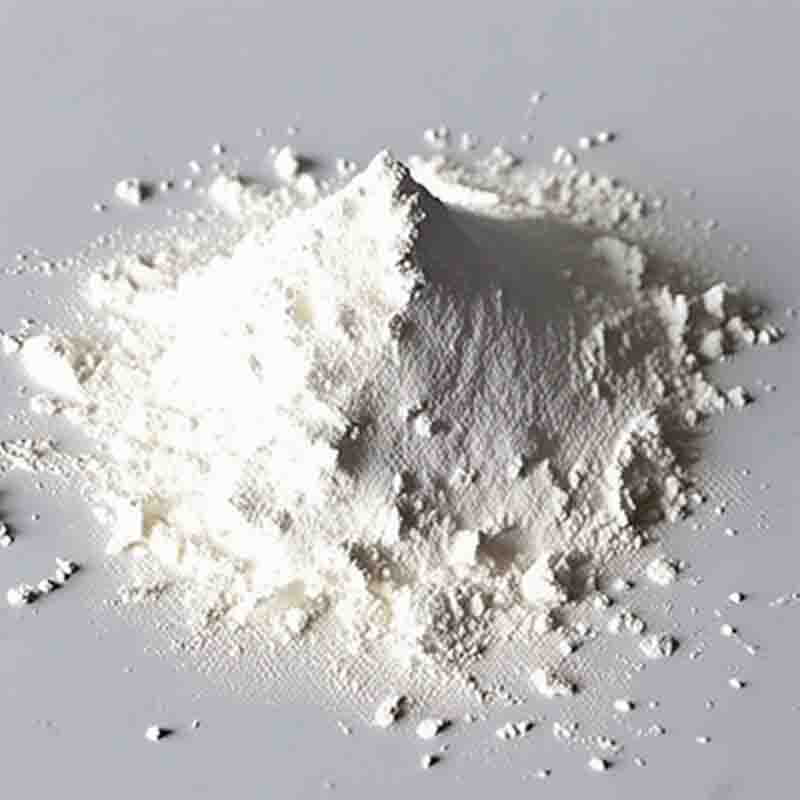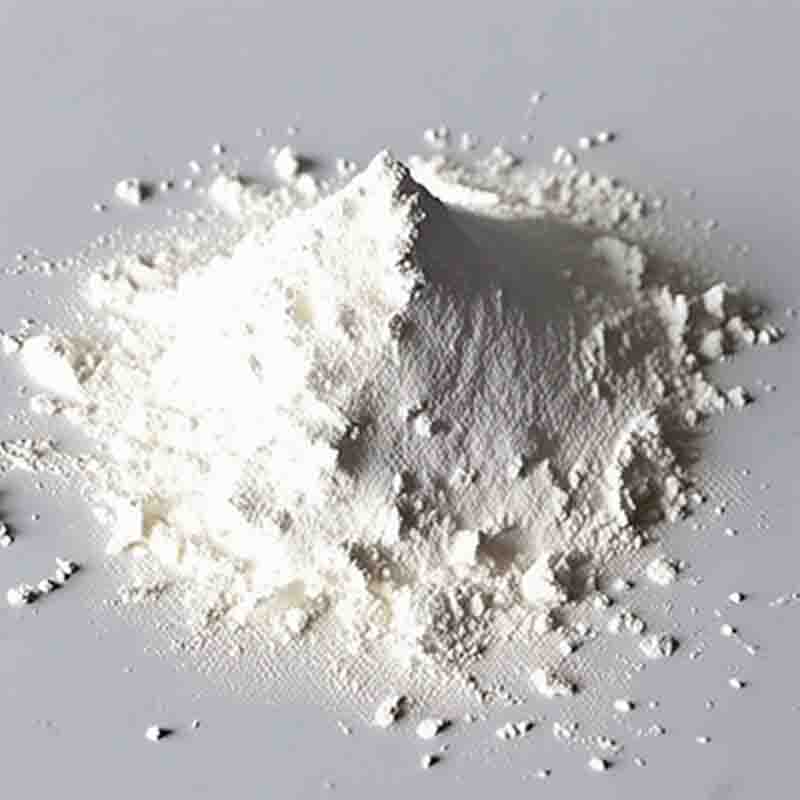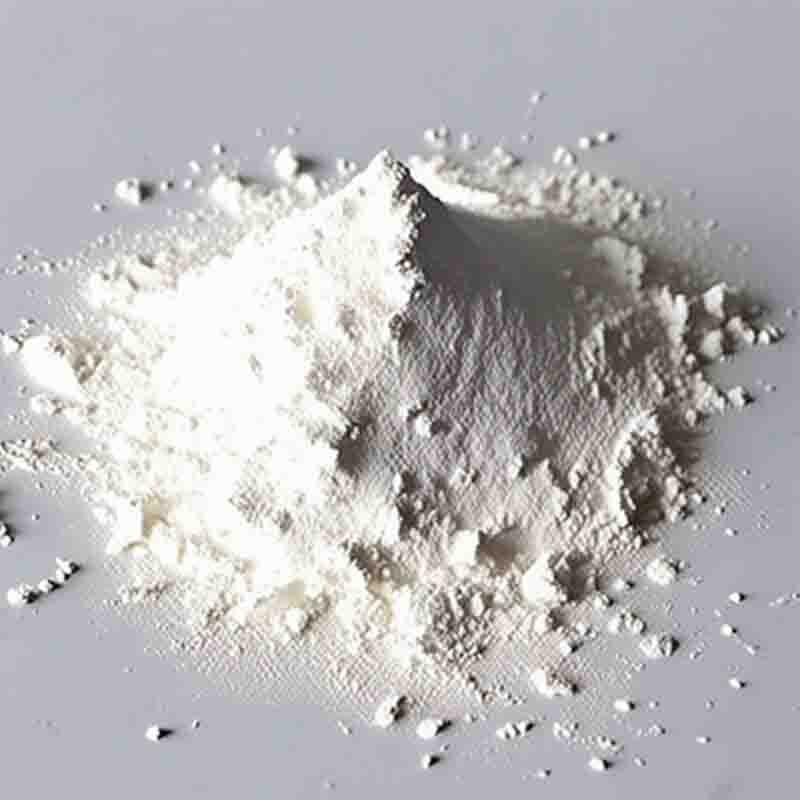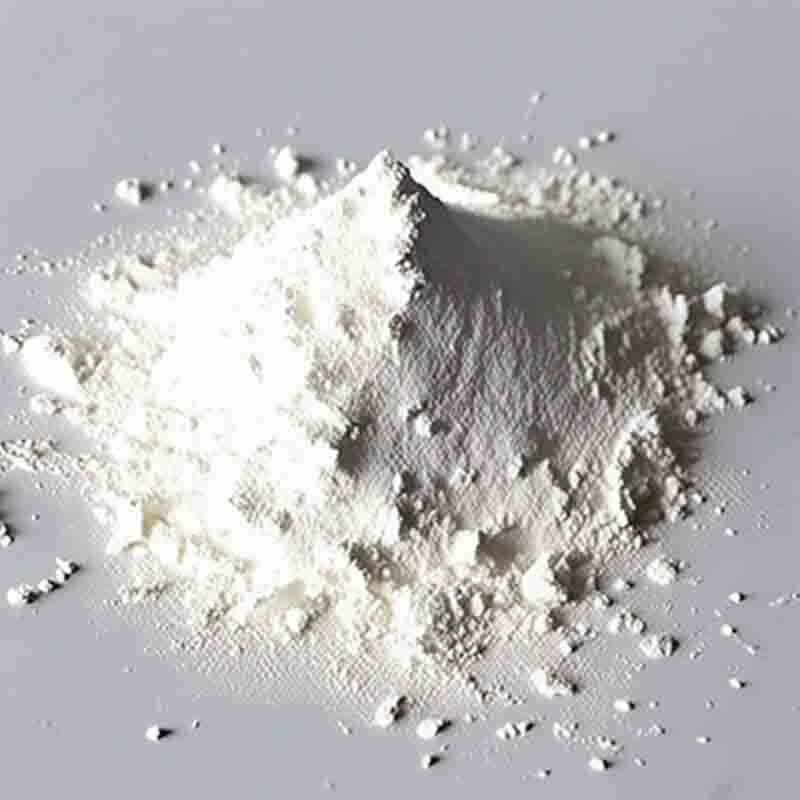2-((3aR,4S,6R,6aS)-6-Amino-2,2-dimethyltetrahydro-3aH-cyclopenta[d][1,3]dioxol-4-yloxy)ethanoloxalate CAS:1402150-30-4
| Catalog Number | XD96283 |
| Product Name | 2-((3aR,4S,6R,6aS)-6-Amino-2,2-dimethyltetrahydro-3aH-cyclopenta[d][1,3]dioxol-4-yloxy)ethanoloxalate |
| CAS | 1402150-30-4 |
| Molecular Formula | C12H21NO8 |
| Molecular Weight | 307.29704 |
| Storage Details | Ambient |
Product Specification
| Appearance | White powder |
| Assay | 99% min |
2-((3aR,4S,6R,6aS)-6-Amino-2,2-dimethyltetrahydro-3aH-cyclopenta[d][1,3]dioxol-4-yloxy)ethanoloxalate is a complex chemical compound with a unique structure. While specific studies on the effects of this compound might be limited, we can explore its potential based on its structural components and related compounds.The presence of the cyclopenta[d][1,3]dioxol-4-yloxy group in this compound suggests it could have potential as a pharmaceutical agent. Cyclopenta[d][1,3]dioxol-4-yloxy derivatives have been reported to possess a range of biological activities, including antimicrobial, antifungal, antiviral, and anticancer properties. Thus, further research may unveil the potential therapeutic applications of this compound in the field of medicine.The compound also contains an ethanoloxalate group, which could indicate its potential as a reagent in organic chemistry. Ethanoloxalate derivatives have been widely used in chemical reactions, such as esterifications and condensations. Their presence in this compound might enable it to participate in various synthetic transformations and be utilized as a building block for the preparation of more complex molecules.Furthermore, the presence of an amine group in the compound suggests the possibility of its involvement in biological processes. Amino compounds are vital for the formation of proteins and enzymes, and they can interact with receptors or enzymes in the body. This suggests that the compound might have biological effects, potentially acting as an agonist or antagonist at specific receptor sites.It is important to note that for a comprehensive understanding of the effects of this compound, various tests and evaluations would be required. These may include toxicity studies, assay screenings, and detailed characterization of its physicochemical properties.In summary, 2-((3aR,4S,6R,6aS)-6-Amino-2,2-dimethyltetrahydro-3aH-cyclopenta[d][1,3]dioxol-4-yloxy)ethanoloxalate is a complex compound with potential applications in pharmaceuticals, organic chemistry, and biological systems. Its unique structure indicates potential therapeutic properties, synthetic utility, and biological interactions. Further research is needed to fully understand and harness its effects within specific fields of interest.


![2-((3aR,4S,6R,6aS)-6-Amino-2,2-dimethyltetrahydro-3aH-cyclopenta[d][1,3]dioxol-4-yloxy)ethanoloxalate CAS:1402150-30-4 Featured Image](https://cdn.globalso.com/xdbiochems/白色粉末11163.jpg)
![2-((3aR,4S,6R,6aS)-6-Amino-2,2-dimethyltetrahydro-3aH-cyclopenta[d][1,3]dioxol-4-yloxy)ethanoloxalate CAS:1402150-30-4](https://cdn.globalso.com/xdbiochems/粉末2875.jpg)



![(3S)-3-[4-[(5-Bromo-2-chlorophenyl)methyl]phenoxy]tetrahydrofuran CAS: 915095-89-5](https://cdn.globalso.com/xdbiochems/白色粉末1200.jpg)

